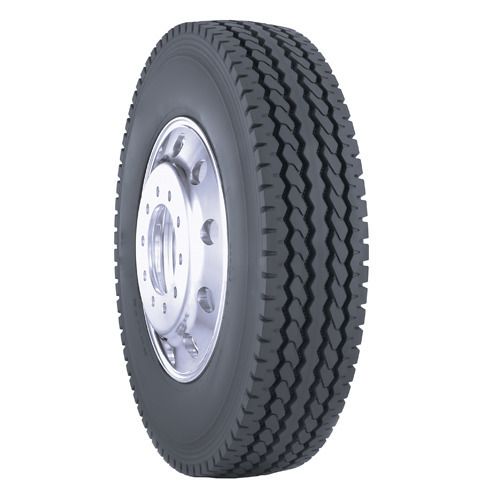Tires are a crucial component of a coach bus. They’re the direct link between your coach bus and the road you’re driving on, and, when taking into account that the actual contact area is no bigger than the palm of your hand, you can see that even the smallest variation can lead to critical safety issues.
Tires are very important for any type of vehicle due to these 4 vital functions:
When buying new tires, it might seem that everything’s perfect and they won’t cause any issues shortly. But that’s far from the truth. No tire is perfect, and, as stated before, even the smallest imperfections can lead to major safety hazards. That’s why it’s paramount to have your tires balanced at all times!
Driving a coach bus with unbalanced tires can put you and your passengers at great risk. That’s why here are the 4 most common signs your coach bus’ tires might be unbalanced!
Vibrations on your steering wheel are probably the most common issue when dealing with unbalanced tires, and it makes sense too! Think about it: you use your steering to direct your tires in the correct direction, and if there’s a fault with them, it just makes sense that this would be the first place to show signs.
What signs? Well, for starters, you will feel noticeable shakes on your steering wheel at higher speeds. Now, this should alarm you, and you should check your tires for flat spots, deflated tires, and tire wear.
As a continuation of the last point, you will probably experience faulty steering and a sense of losing control of your vehicle. The smoothness of your steering experience will now slowly fade away, and you won’t be able to steer drastically in any direction.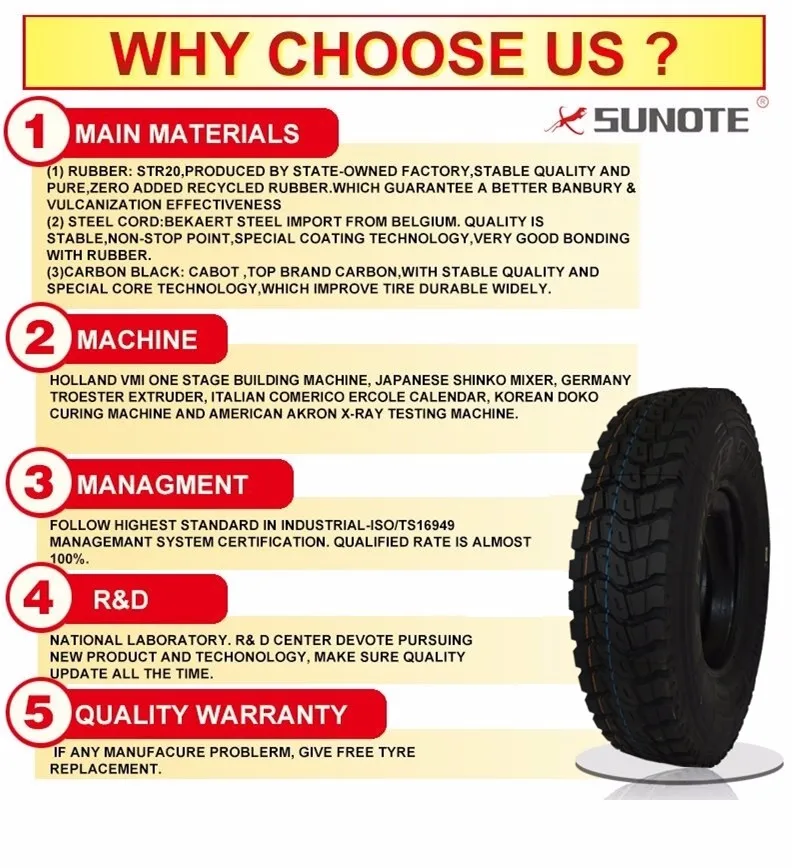
This is concerning because a smooth and quick steer can save you and your passengers’ lives when you’re facing an accident.
Having an unbalanced set of tires will inevitably put more strain on your coach bus’ engine since unbalanced tires create much more resistance. It forces your engine to stress unnecessarily and, in turn, require more fuel to continue moving.
Unbalanced tires put unnecessary stress on your engine and affect other areas of your coach bus, such as shocks and bearings. If you don’t find a solution to your unbalancing problem, you might end up needing to replace more than just your tires.
The market is currently filled with options to balance tires. Still, recently, tire balancing beads have become the go-to for professional tire balancing. They offer a host of positives on tire performance, and they’re very easy to install.
At ABC Balancing Beads, we offer superior tire balancing beads for all your coach bus needs.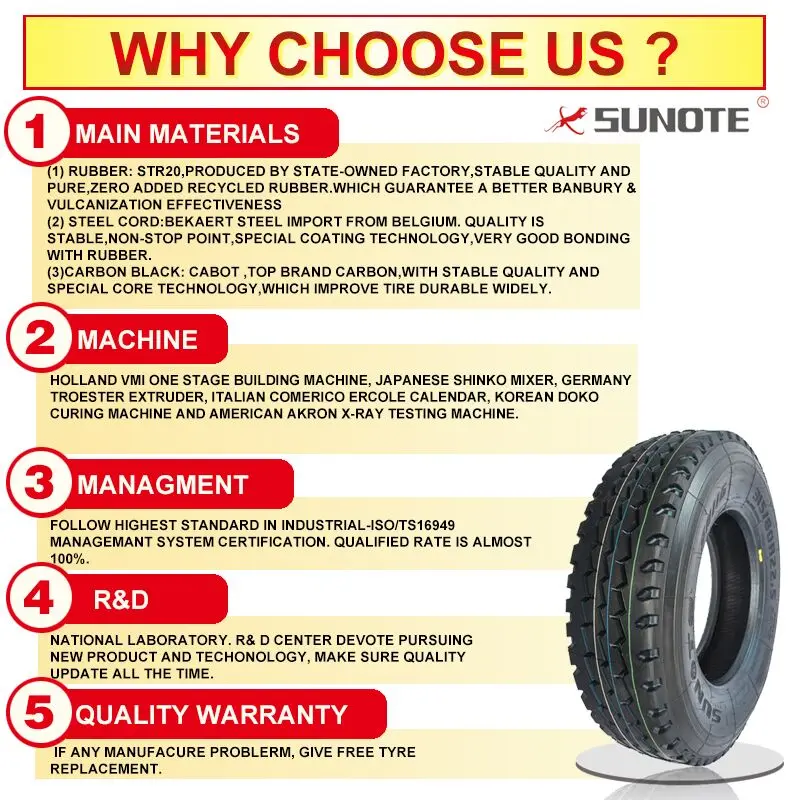 Try them out and experience a hassle-free one-time installation process and superior tire performance now!
Try them out and experience a hassle-free one-time installation process and superior tire performance now!
It’s the start of summer, but school buses continue to make runs across the nation. That means maintaining tire maintenance and selection should be at the top of mind for fleet managers.
Nokian Tyres Director of Products and Pricing Steve Bourassa has announced in a company press release that commercial fleets should consider using all-season or all-weather tires once the temperatures warm up, because winter tires will be risky for drivers and traffic.
Company officials said several tests have confirmed that winter tires perform poorly in the summer, due to wet asphalt and a slower turning radius.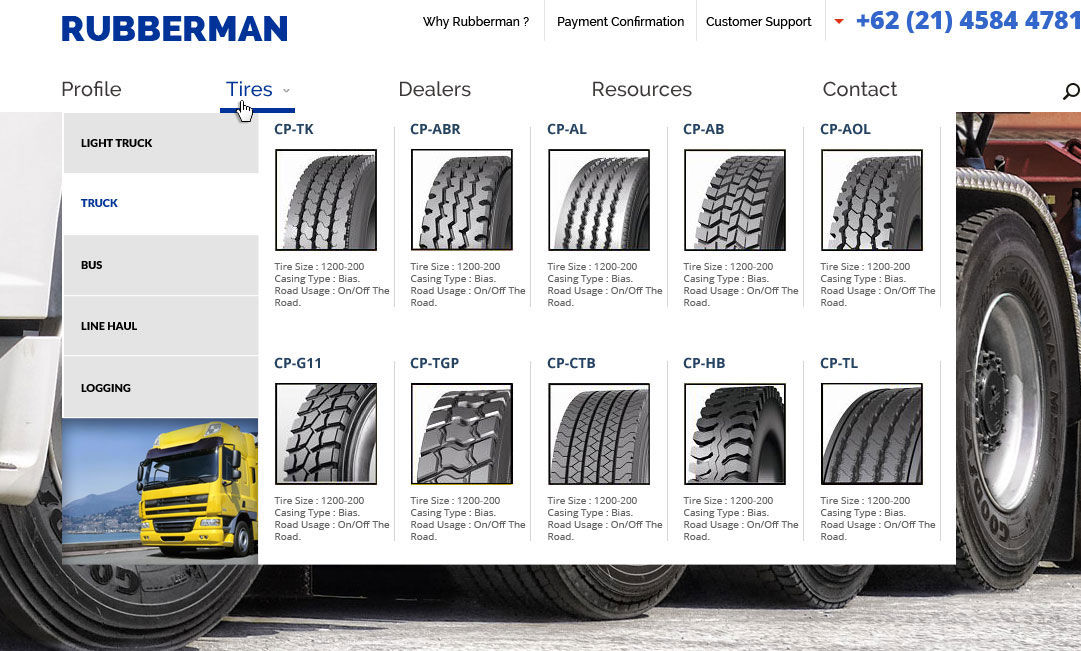 Bourassa added that using winter tires in the summer will cause instability and reduce steering ability.
Bourassa added that using winter tires in the summer will cause instability and reduce steering ability.
“On a hot summer day, you will need to make steering corrections with winter tires, even when driving straight,” explained Bourassa, “since the tire will have more lateral flexibility than all-season tires, which are more rigid.”
The release stated that winter tires have a softer tread and therefore will wear down quicker in warmer climates. However, school districts have developed processes and routines to keep their tires longer and in better shape.
All-weather tires are a solution for many school districts. Horseheads Central School District in New York uses all-around weather tires in its fleet, to achieve better traction and to log more miles.
Jason Johnson, the equipment service manager for Horseheads Central School District and president of the New York Head Mechanics Association, said his district is trying to take advantage of the summer weather and get more life out of the tires.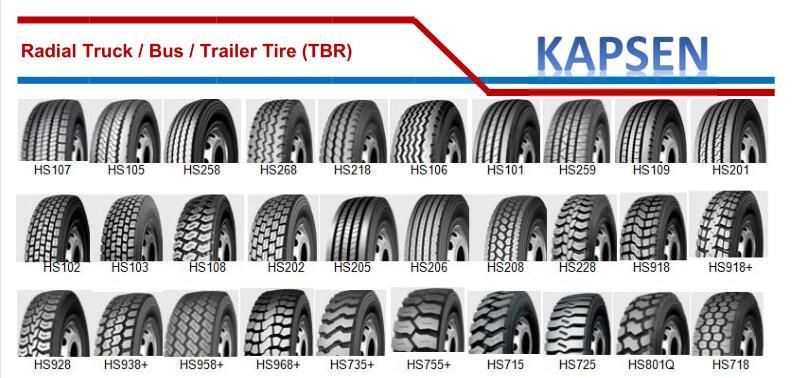
Johnson said the district bases its tire purchases on location and routes, but it also strives to get the most years out of its tires, by using caps or retreads. Caps allow the district to save money, but also allows the tires to have more life out of their casing.
“A lot of districts will use caps. The cap is the tread part. and then down the side about an inch and a half,” Johnson said. “So, sometimes we can put two to three caps on one tire, on a casing. We try not to run any casing longer than … seven to eight years, and we try to have no more than three caps on a tire. It’s very hard to do that, but those are our terms.”
Joel Mooneyham, director of transportation at Waller ISD in Texas, doesn’t experience the same kind of inclement cold weather as Johnson does. But Mooneyham said he purchases tires based on geographic location and the type of runs the buses are traveling.
Mooneyham added that if a bus travels more on rural or gravel routes, the tire tread choice should be based on what runs best in that environment.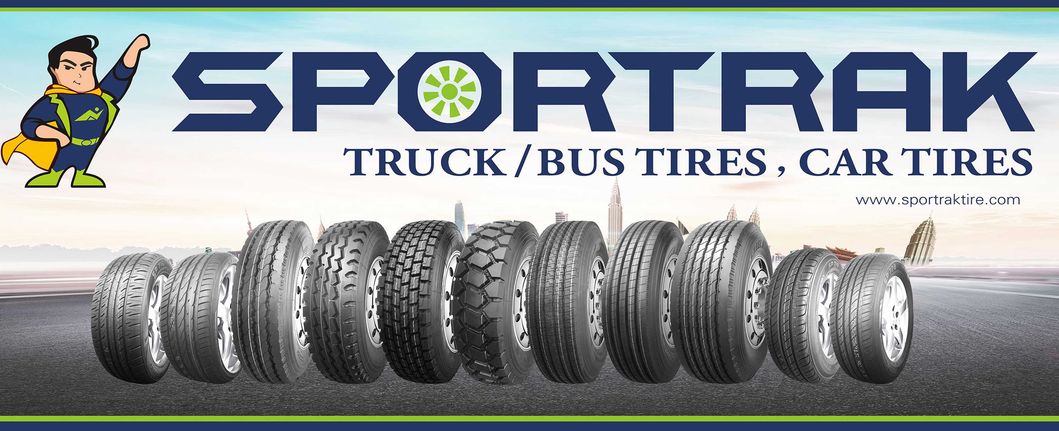 That is compared to running school bus routes in busy cities, which would call for substantial tire tread for paved roads and highways.
That is compared to running school bus routes in busy cities, which would call for substantial tire tread for paved roads and highways.
“No budget can afford to buy one type of tire for one season and another type of tire for another season,” Mooneyham said. “They are going to try and pick a tread design that will work for all seasons of their climate and for the road application as well.”
Both directors agreed that proper tire maintenance and routine check-ups help gain more life out of the tires. Johnson said that every 1,000 miles or 30 days, whichever comes first, the district performs routine checks of tire wear and air pressure. Technicians watch how the tires are wearing and look for odd wearing.
“The tires on a school bus are so hard to keep in check, because you have a load of kids on, and then you don’t have a load of kids on,” Johnson said. “So, you are not at constant weight on the bus. Depending on the amount of weight on a tire, it could wear differently than with no weight on it.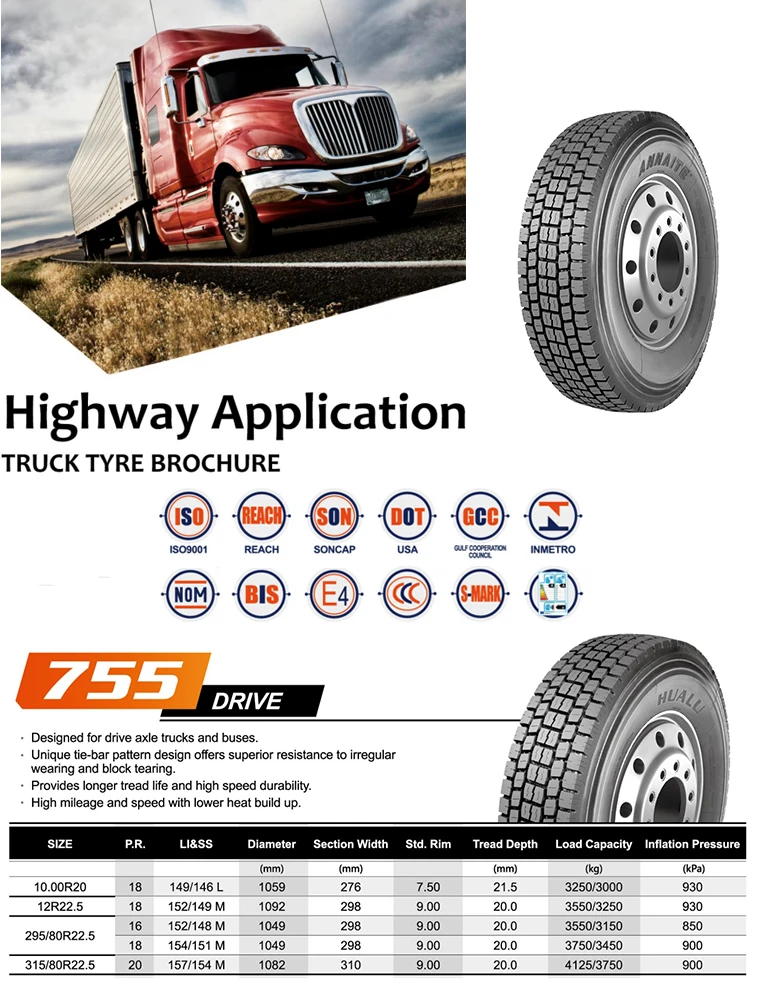 We are always having those things come at us and we have to take that into effect on how the tire is going to wear.”
We are always having those things come at us and we have to take that into effect on how the tire is going to wear.”
Mooneyham stressed that a good quality maintenance program is one that is proactive and data-driven. By having steps that address concerns and issues quickly, he said you are more able to identify the culprit of any extra wear early on.
“You have drivers that [hit the] curb. That sidewall of that tire will tell you if it’s being curbed,” Mooneyham said. “You have to identify early on, is it driver behavior or is it the route? Is the route such that the driver is in a situation with a 40-foot bus that it can’t help but curb to make the turns? You have to be able to identify why the drivers are curbing, and then deal with that.”
Mooneyham said that by having a tire maintenance program that involves routine checks, curbing will be distinguishable. Once the sidewall is compromised, the tread on the tires is irrelevant, because you would have to replace the entire tire for the safety of the students, he concluded.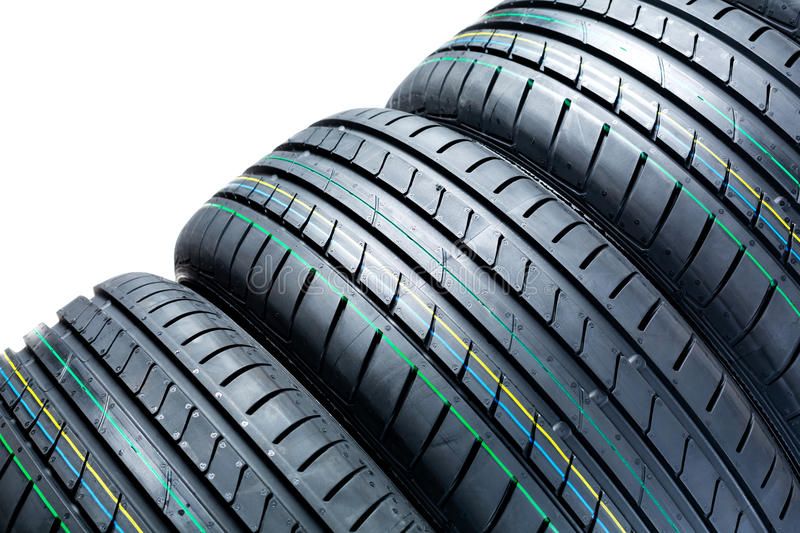
However, every school district runs its operation differently, with its own budget and its own way of doing things. Due to the high tire prices, districts do everything they can to save on tires and squeeze additional mileage out of the tire, such as by maintaining the correct air pressure.
Johnson said air pressure is a huge culprit for tire failure. By having the correct amount of air pressure in a tire, the tire life can be extended by quite a bit, he stressed.
Editor’s Note: Joel Mooneyham is speaking on the challenges of proper tire maintenance next month at STN EXPO Reno.
Bus tires differ from car tires not only in size, but also in the specific structure. Rubber takes on the main load when driving, ensuring the safety of passenger transportation. The tires installed on the bus should guarantee confident traffic both in the city and on the highway due to good grip regardless of the weather.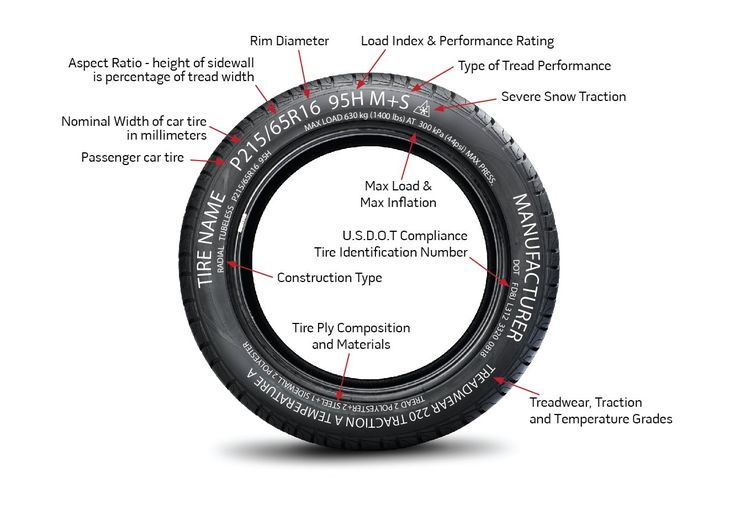
Manufacturers produce different models of bus tires that differ in structure, type, tread depth and inflation pressure. Properly selected tires guarantee the stable behavior of the vehicle, its directional stability, as well as savings in fuel consumption.
Bus tires offered by manufacturers are divided into several types, taking into account the main parameters
The selection of rubber according to this criterion is carried out taking into account operating conditions. Bus tires are represented by the following types:

The selection is made taking into account the characteristics of each type of bus. The following types are distinguished:
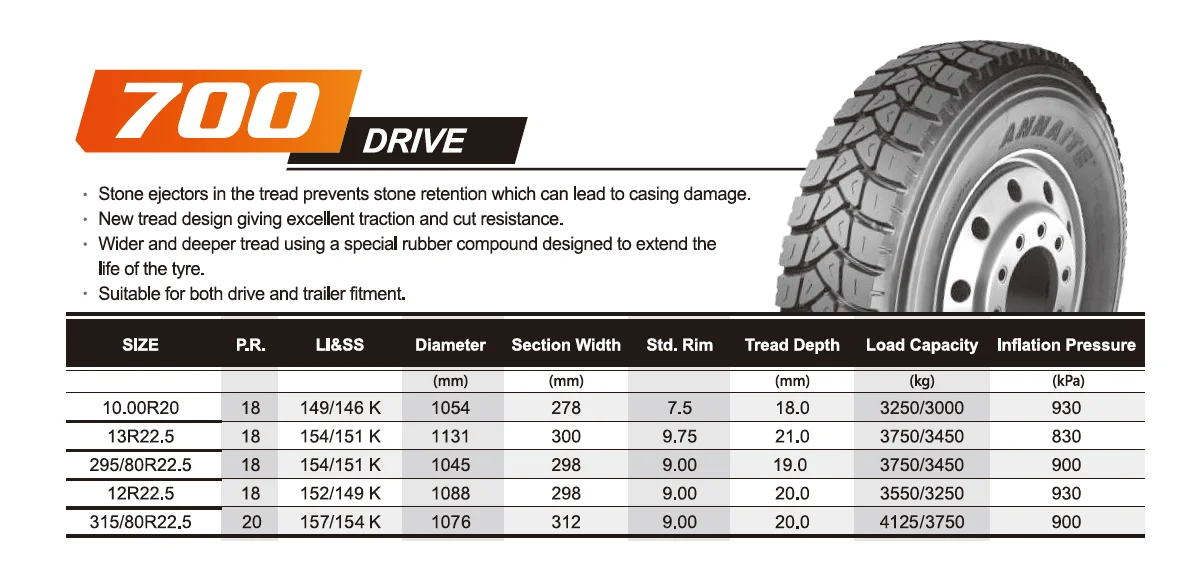
This parameter is very important for tires installed on passenger vehicles. Pressure indicators are set:
Special offers All special offers
PAZ 320455-04 Vector NEXT Intercity
Posted January 13, 2019
Article content:
Bus tires differ from standard car tires not only in their size, but also in their structural features. They take on a large load and are responsible for the safety of dozens of passengers. Such tires should feel confident not only in the urban environment, but also on the highway, give good grip at any time of the year.
They take on a large load and are responsible for the safety of dozens of passengers. Such tires should feel confident not only in the urban environment, but also on the highway, give good grip at any time of the year.
Tire type, tread depth, construction, bus tire pressure - all this is different. The right choice affects the stability of vehicles on the road, directional stability, fuel consumption and other parameters.
Consider what bus tires are and how they can differ from each other.
On sale you will find several categories of bus tires, which are divided into types in three main categories.
According to this characteristic, rubber is selected depending on the expected conditions for future operation.
There are several categories:
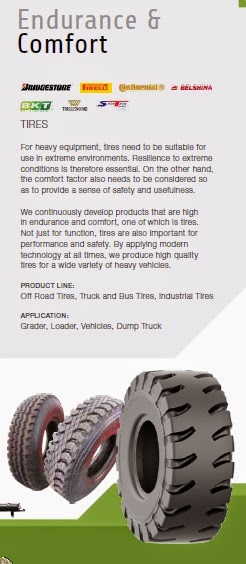 It provides confident smooth braking, good speed and normal fuel consumption, without large excesses. Quality is lost if you have to move in off-road conditions with a lot of bumps, slippery areas, potholes.
It provides confident smooth braking, good speed and normal fuel consumption, without large excesses. Quality is lost if you have to move in off-road conditions with a lot of bumps, slippery areas, potholes.
Selected according to the characteristics of a particular type of bus.
Can be located in the following areas:
 Usually the front wheels are more loaded, it is important that during acceleration and braking they do not fail, do not lose the quality of traction. The height of the bus tire tread pattern is greater, a lot of longitudinal grooves are applied to it - they are responsible for water drainage and exclude slipping and skidding in the rain.
Usually the front wheels are more loaded, it is important that during acceleration and braking they do not fail, do not lose the quality of traction. The height of the bus tire tread pattern is greater, a lot of longitudinal grooves are applied to it - they are responsible for water drainage and exclude slipping and skidding in the rain. you will find two types of products:
 The second option is greater convenience, reduced weight and good adaptability to repair in case of damage.
The second option is greater convenience, reduced weight and good adaptability to repair in case of damage. In the list of cons - a higher price. The driver also needs to be careful on the road so as not to get hurt. So for off-road, this variety will not be the best choice.
Another important characteristic of rubber for passenger transport is pressure .
It can be spelled:
